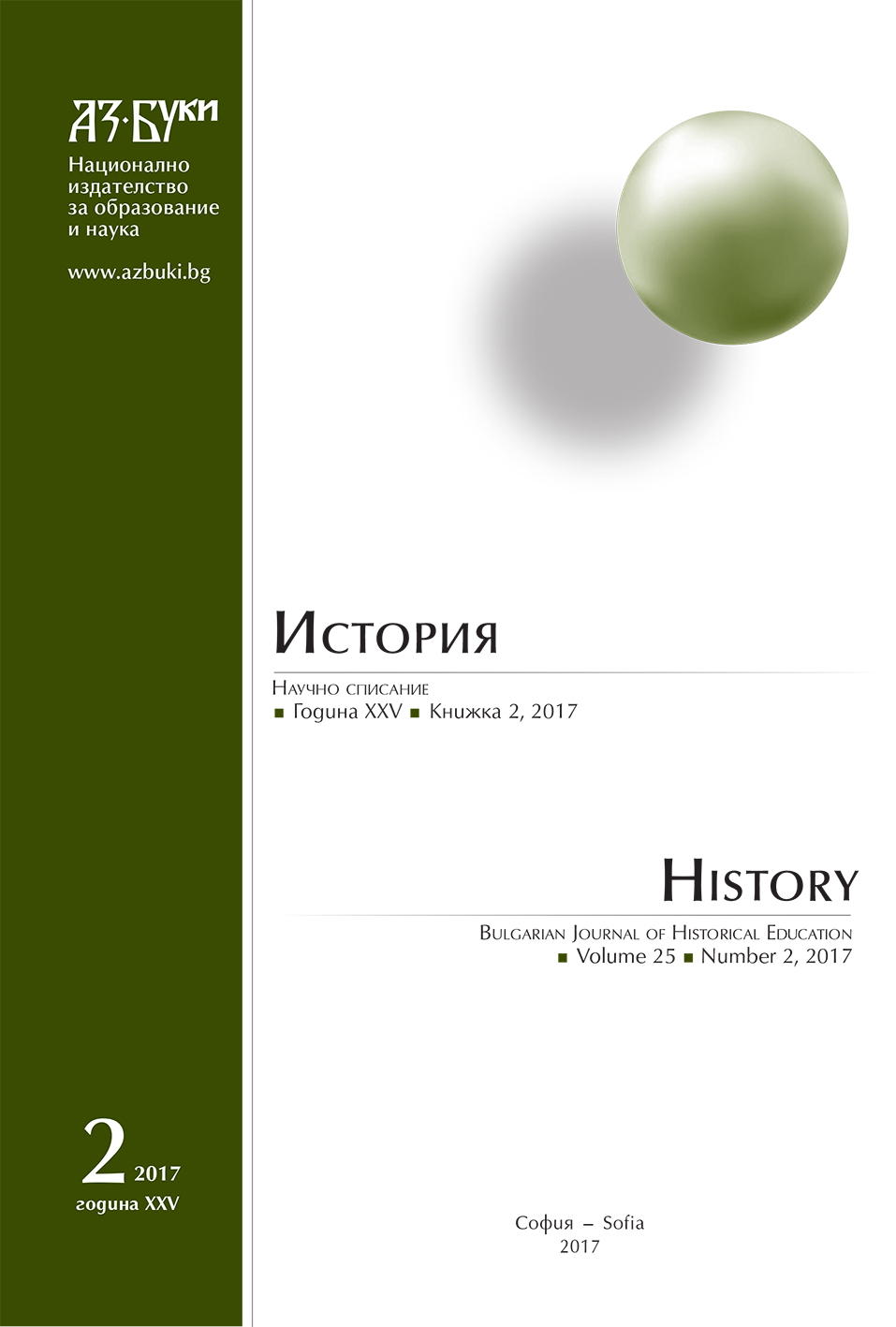
We kindly inform you that, as long as the subject affiliation of our 300.000+ articles is in progress, you might get unsufficient or no results on your third level or second level search. In this case, please broaden your search criteria.

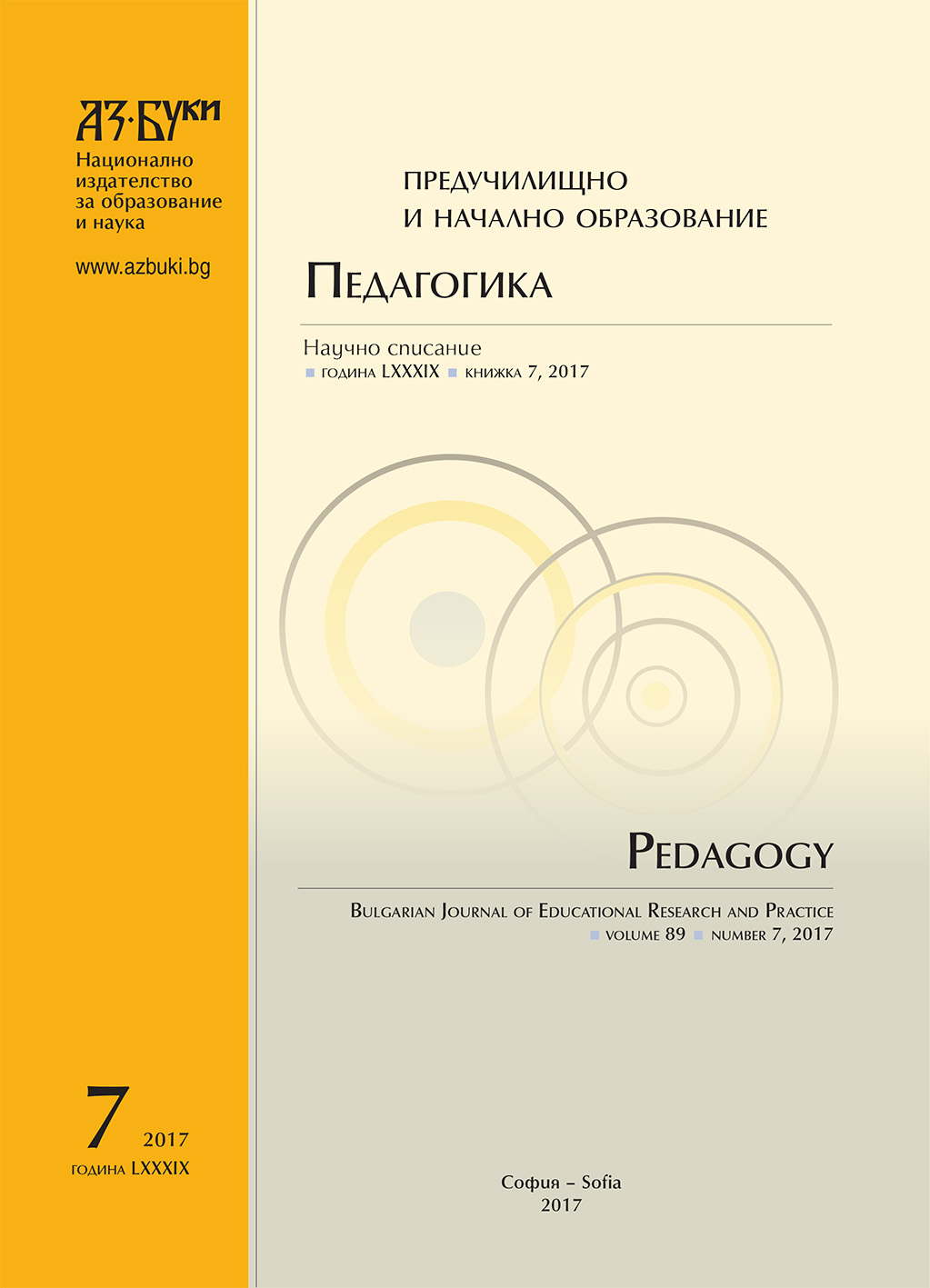
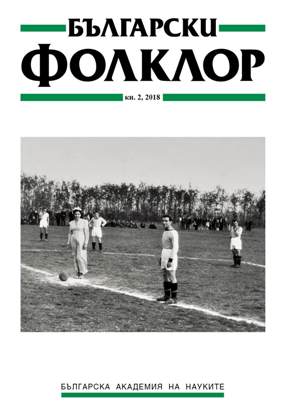
The article studies the visual and verbal communication and their interaction in political cartoons. It analyses the indispensable means of expression the cartoonist uses to convey his/her message such as visual metaphors and metonymies. Visual metaphors and metonymies are analysed from the point of view of Conceptual Metaphor and Metonymy Theory. The author studies the implications arising from the interaction between image, title and text (for the cases when there is title and/or text), as well as the metaphors and implications beyond image, title and text. The main theoretical construct used is the notion of incongruity from the Incongruity Theory of Humour that is extended to verbal and visual metaphor. The notion Logical Mechanism from the General Theory of Verbal Humour is applied in the analysis to (partially) resolve the incongruity/ies. Political cartoons are compared to a joke, a fundamental unit of humour in psychology, cultural anthropology, linguistics, philosophy and sociology. Pictorial representations and text function as contextualization cues to get to the probable cartoonist’s message. The interpretation of political cartoons is open-ended and indeterminate and is dependent on the viewer’s/reader’s general knowledge and his/her familiarity with the genre.
More...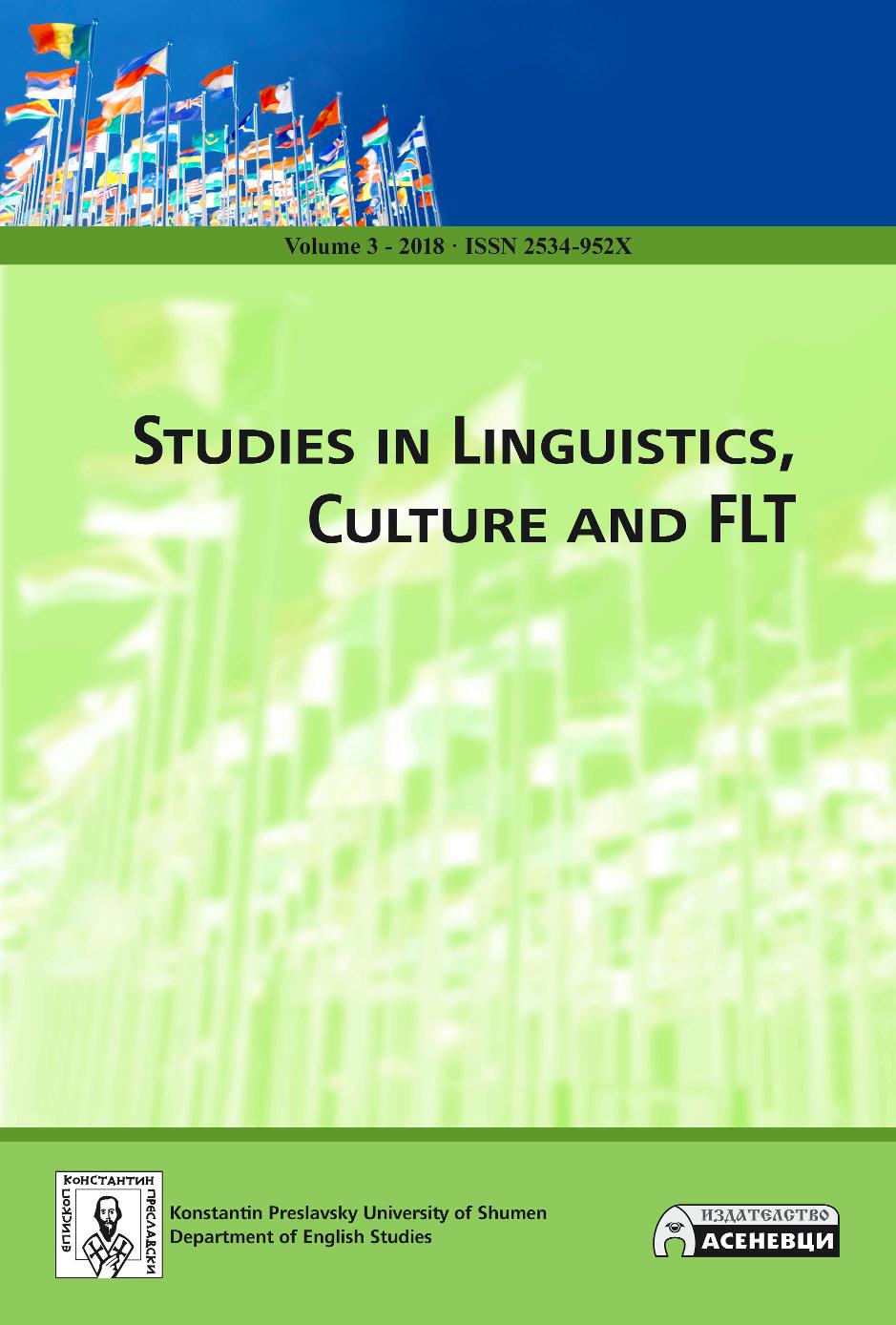
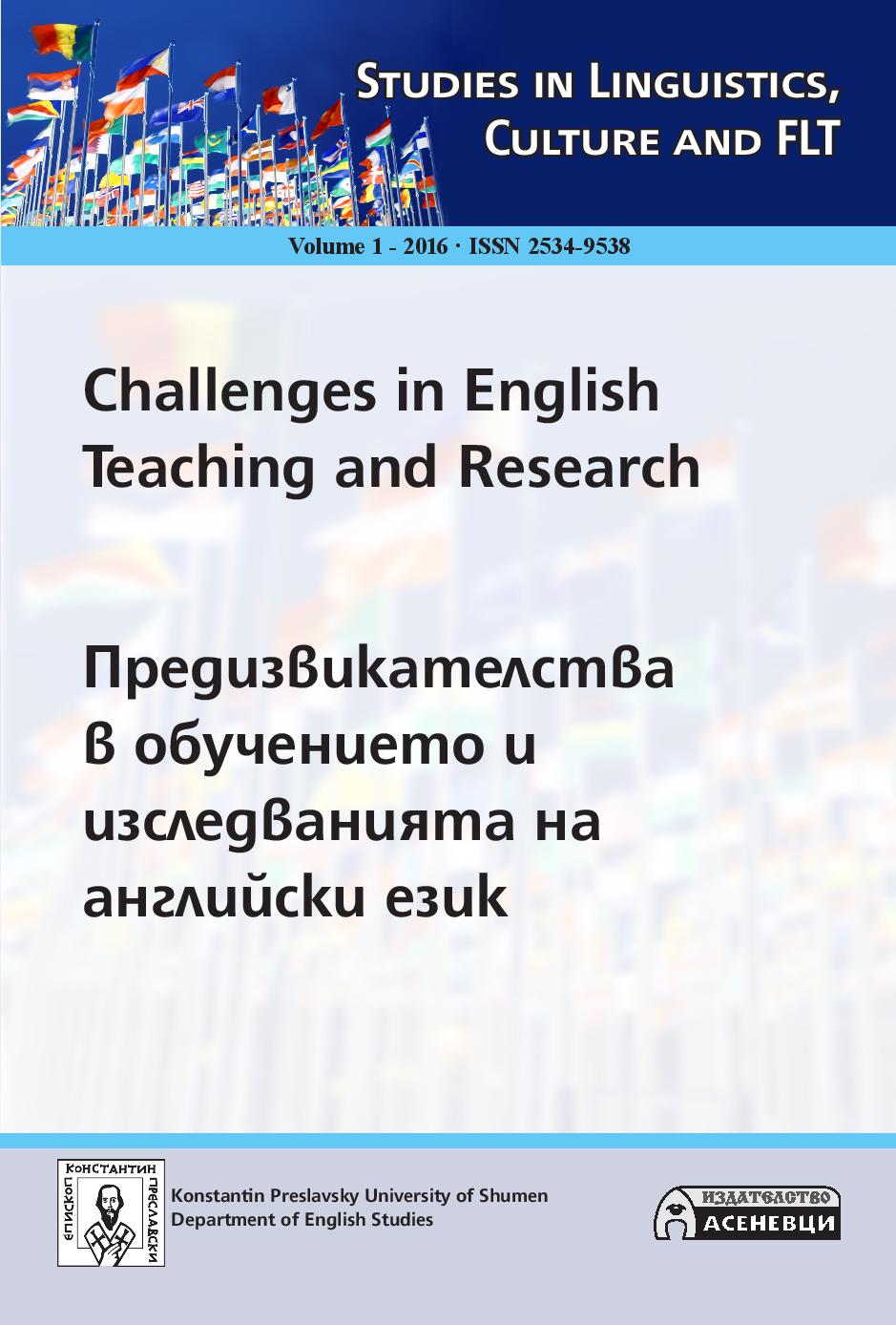
The preface provides an overview of the main topics discussed in the volume dedicated to the Challenges in English teaching and research.
More...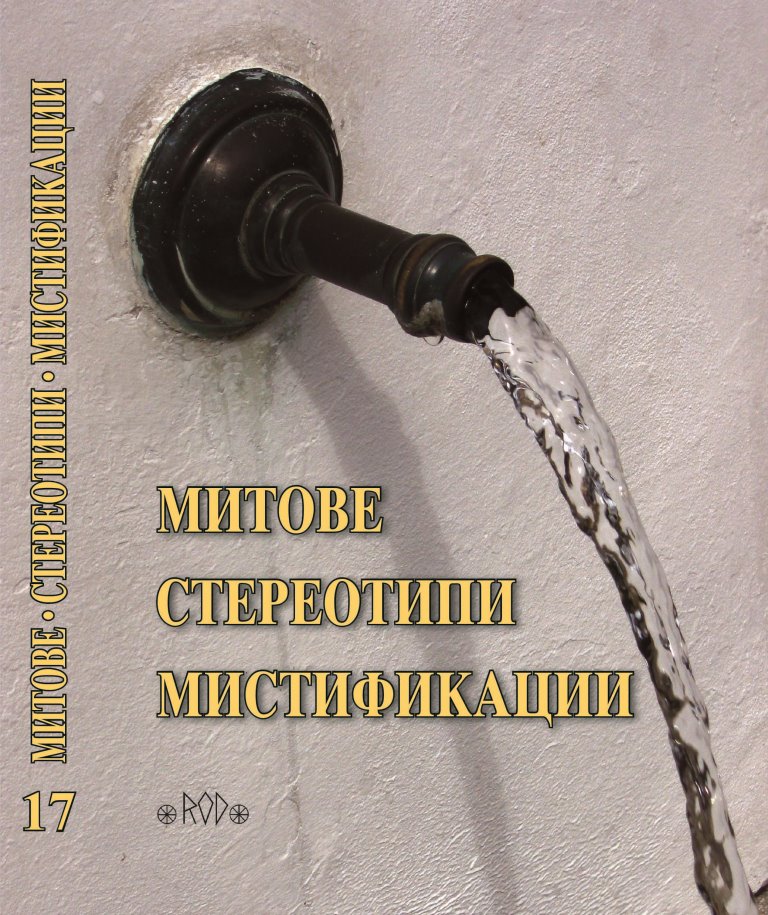
In this article I make a review of the proverbial comparisons from the semantic field “natural elements” and track their connections to the stereotypes in thinking. Stereotypes I define according to E. S. Kubryakova’s “Short dictionary of the cognitive terms”. I want to understand, how in the formation and functioning of the proverbial comparisons is represented folk culture, primarily, ritual and ritual comparison. A lot of in¬formation give us proverbial comparisons, connected with water. As an example here I can state a custom of making kurban near the river, so that the blood of the animal would flow into it. This is made so that the milk of other animals flows like water, to have it a lot (Sofijsko). We can also state the expression “let it go like with water” and the rituals to pour water in front of someone, so that everything goes right (especially in time of the initiation). Also, to clarify this topic I include analyses of the spells, where the analogy between the illness or the symptoms, or the curing process and the outer world is vivid. For example, if someone wants to get rid of the warts, he or she cuts the stick and places them in the river, so that it takes them away together with the warts (Sofijsko, Dolni Lozen).
More...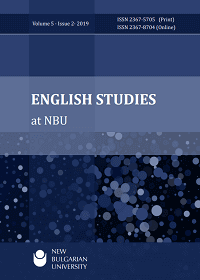
The main purpose of this study is to explore the critical issues that impede an effective implementation of information communication technology (ICT) as related to higher education (HE) in Morocco. An e-readiness survey based on Harvard e-readiness assessment framework is administered in order to check the role of university in getting Morocco e-ready. First, a diagnosis is done at the level of preparedness of Moroccan institutions in networked areas of access, society, economy and policy. The data was collected from the annual reports of Moroccan Telecommunications regulations agency (ANRT), reports from the International Telecommunication Union (ITU), Global Information Technology Report (NRI), quantitative and qualitative surveys from previous research studies, and statistical websites. The findings reveal that Morocco has, apart from networked economy and local digital content, a fairly advanced e-readiness status in other indicators in the model of Harvard Centre of International Development. Ironically, such findings show that it is the Moroccan university that needs to catch up with society.
More...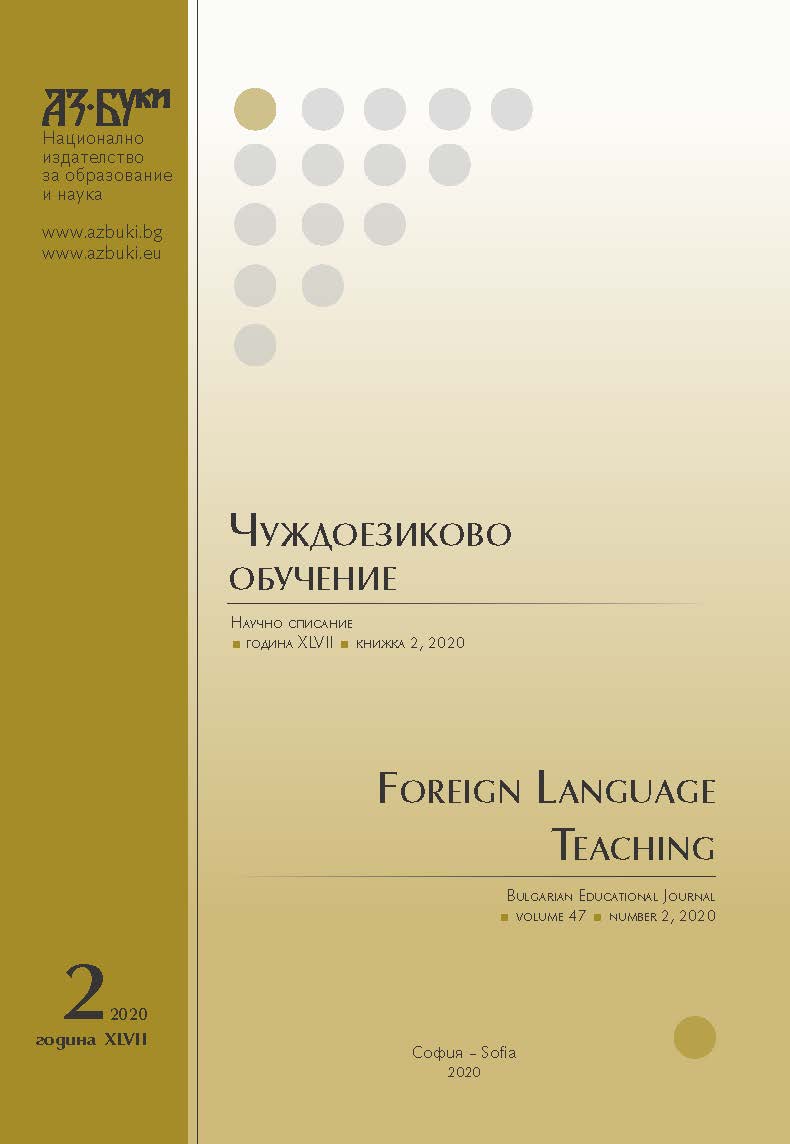
This paper represents a methodology for defining restrictions on the semantic combinability between different semantic classes of verbs and the sets of nouns corresponding to the elements of their conceptual frame (i.e. the major participants in the situation described). Our observations focus on verb synsets from WordNet and their assigned FrameNet frames which mutually inform each other. We analyse the semantic information typical for each of the studied verb classes and define semantic restrictions on the nouns they combine with. The theoretical and empirical value of the provided semantic representations and restrictions lies in the enhanced modelling of verb-noun combinability which is universal enough to be applicable not only to the languages exemplified (English and Bulgarian), but (with possible modifications) to various other languages for which wordnets are available.
More...
The purpose of this study is to attempt to present a systematized view on the contemporary understanding of metaphor, its essence, structure and manifestations in the discourse of logistics. Various classifications of metaphor are reviewed, and a new one is offered using the lexico-semantic method as well as based on and supported by the examples excerpted from a large corpus compiled especially for the study. It is worthwhile noting that metaphor can be viewed in many different ways, however, it will be explored here with regard to its manifestations in logistics terminology. The topic is worth discussing as metaphor provides better term recognition and comprehension. The findings can be relevant when teaching English for Logistics.
More...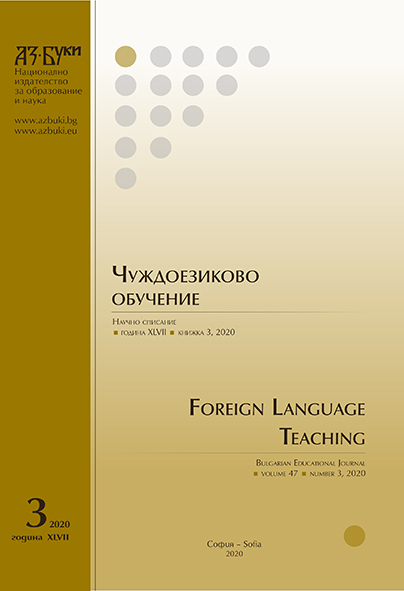
The article presents metalanguage as a cognitive phenomenon with its own syntactic paradigm. The paradigm of syntactic bonds of metalanguage is substantiated by the method of cognitive modelling. The analysis is based on the cognitive reading of the definitive sentence characteristics predicative, modality, intonation completeness and grammatical formation. The principle of cognitive integration between concepts, phenomena is applied.
More...
The first part of the paper presents a brief glimpse into the history of teaching Polish as a Foreign Language at universities worldwide. Activities of Bristol Association of Polish and Foreign Teachers of Polish Culture and Polish as a Second Language are also mentioned, as well as its role in offering methodological help for teachers and professors of Polish overseas. The paper offers also a presentation of the current model of teaching Polish abroad coordinated since 2017 by the Polish state agency NAWA. The second part of the paper deals with an overview of university centers teaching Polish in Slovakia. The author focuses mainly on the specifics of Polish education program at the Department of Slavonic Languages, Faculty of Arts at the Comenius University in Bratislava, from the synchronic and diachronic point of view. At the end of the paper, some relevant information about teaching Polish at university centers in Bulgaria is mentioned from the comparative, current perspective.
More...
The article discusses one of the linguo-didactologic goals oriented to the teaching of Old Bulgarian (Slavonic) as the establishing of systematic relations between diachrony and synchrony. Concrete example are the uses of the preposition except in a translated juridical text from 1262, some of which overlap with the contemporary use of the preposition except in complex conjunctions appropriated to the administrative style. The main conclusion concerns the localization character of except in texts and manuscripts of Southern, or Balkan Slavic origin. The Preslav Literary School plays a definitive role for its imposing in the literary language. The unchangeable prepositional functions prove the continuity between the Medieval and the Modern Bulgarian language.
More...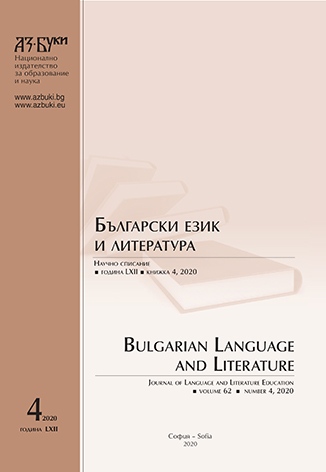
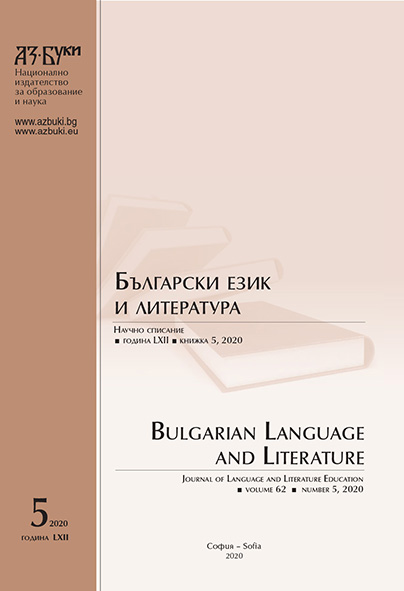
In this article are based some thoughts giving a significance to the concept of discourse approach. The purpose is this rationalization to become a base for creation of school content in Bulgarian language for the aims of a course of textbooks designed for the junior high school and the both high school degrees. The special features of the communicatively orientated training in Bulgarian language are presented which needs a new “generation” of textbooks and school aids. They must reflect the characteristics of the discourse approach and be at the most adequate to the requirements of the modern socio-cultural and educational context.
More...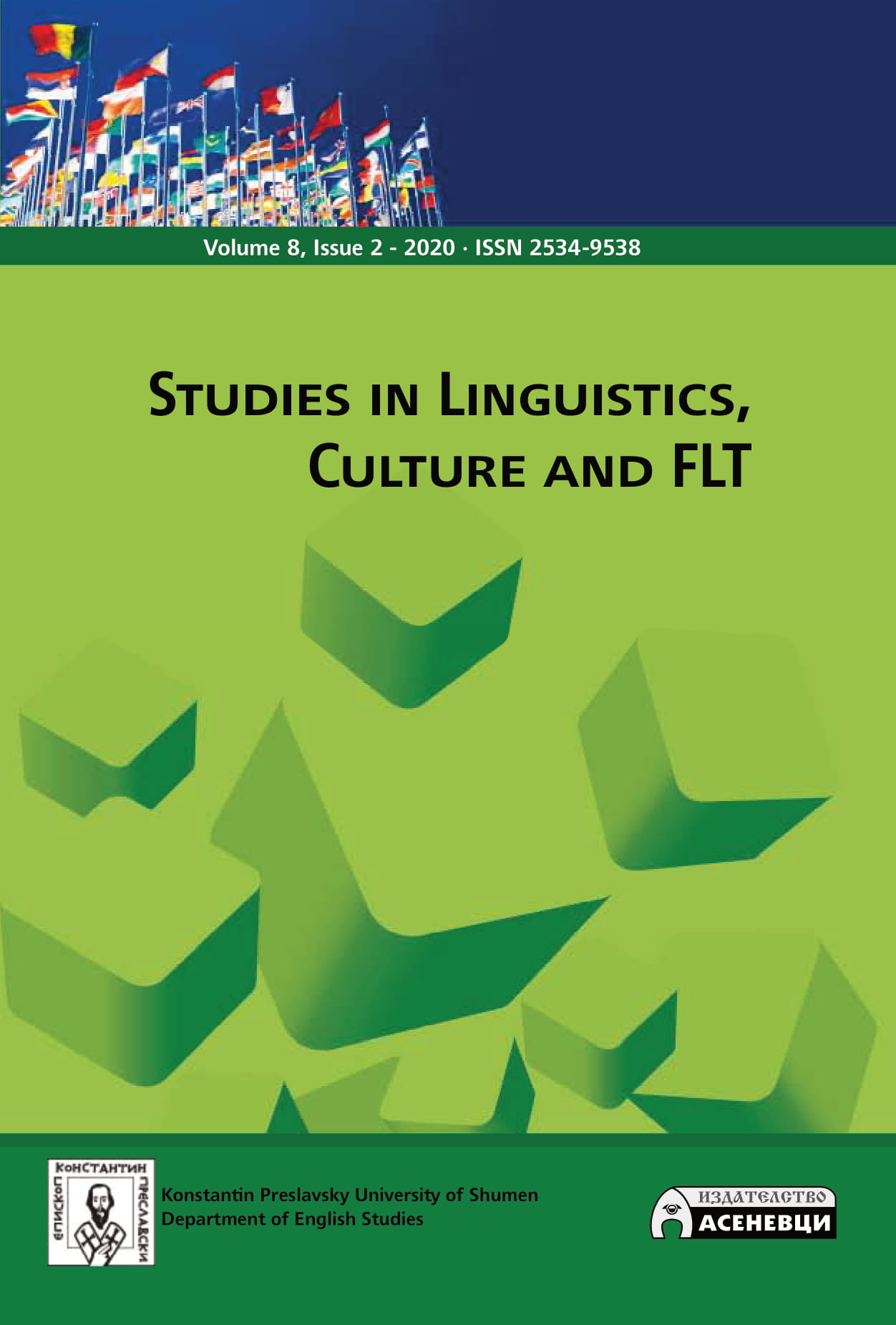
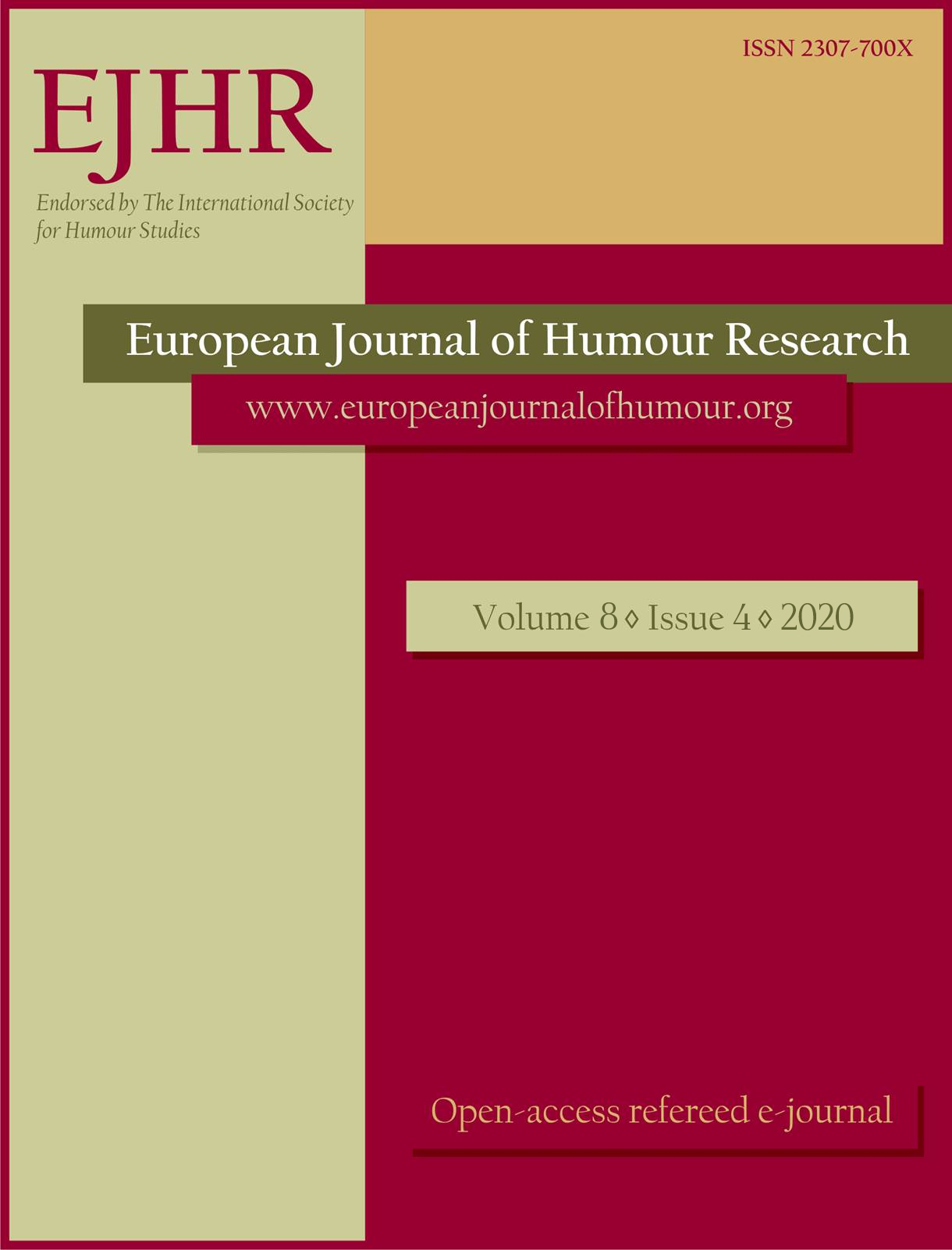
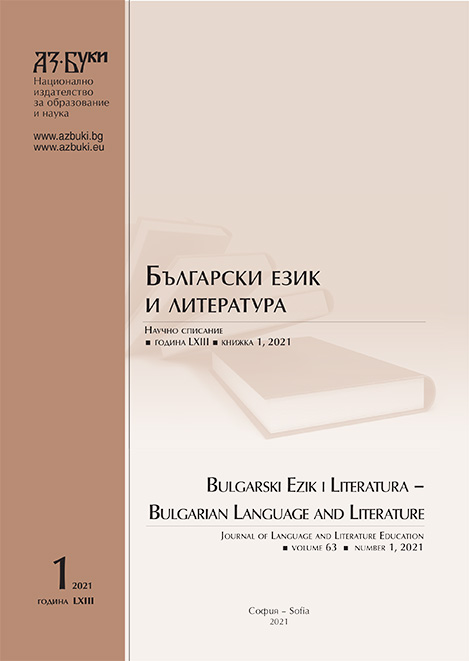
The focus of the present article is time as an abstract notion. It has various facets, including physical, philosophical, as well as others, and the linguistic aspect is connected to them. Time as a subject to linguistic description suggests a more profound analysis of the grammatical category of tense or even a study on a greater scale considering the functional semantic field of temporality. This paper discusses several major views on tense as a linguistic abstraction that has a status of a universal in Russian and Bulgarian linguistics.
More...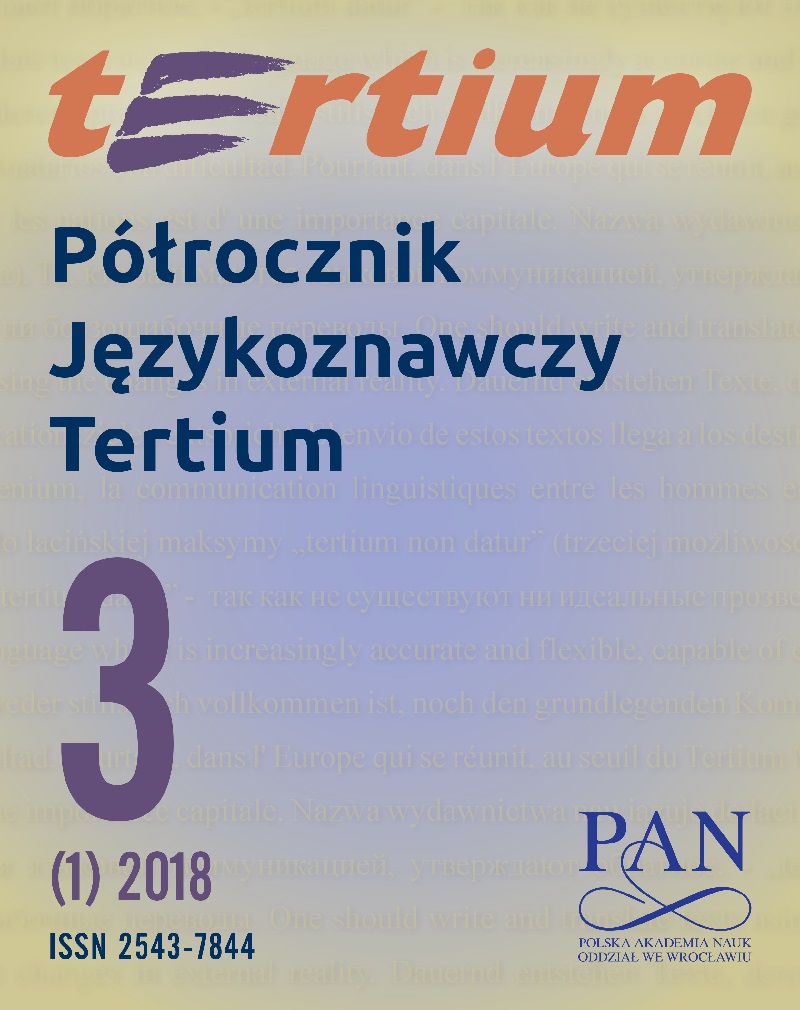
The aim of our study is to examine the multiple ways Greek immigrants position themselves in terms of cultural identity. Recent approaches to immigrants’ cultural identities tend to employ the concept of transnationalism to account for their hybridity and fluidity. Here, we intend to show that Georg Simmel’s ([1908] 1971) notion of the ‘stranger’ is also relevant to the analysis and interpretation of such transnational identities. In this context, and drawing on positioning theory (Davies and Harré 1990), we argue that our informants mainly construct hybrid ‘stranger’ identities as both Greeks and Canadians or as feeling Greek but not when in Greece. Our data consists of 15 semi-structured interviews exploring the immigrant experiences of Greeks who migrated to Canada from the mid-1940s until the late 1970s. The analysis focuses on (a) the discursive means the informants employ to construct the hybrid identity of the ‘stranger’, and (b) the specific purposes they fulfill. It appears that hybrid self-positionings are achieved via the use of (a) the disclaimer ‘I am/feel Greek but…’, (b) metaphors, (c) small stories, and (d) repair mechanisms. We also argue that, via constructing ‘stranger’ identities, the immigrants of our data claim Greekness, on the one hand, and legitimize themselves as Canadian citizens on the other, while also distancing themselves from the Greeks living in Greece and the respective negative stereotypes.
More...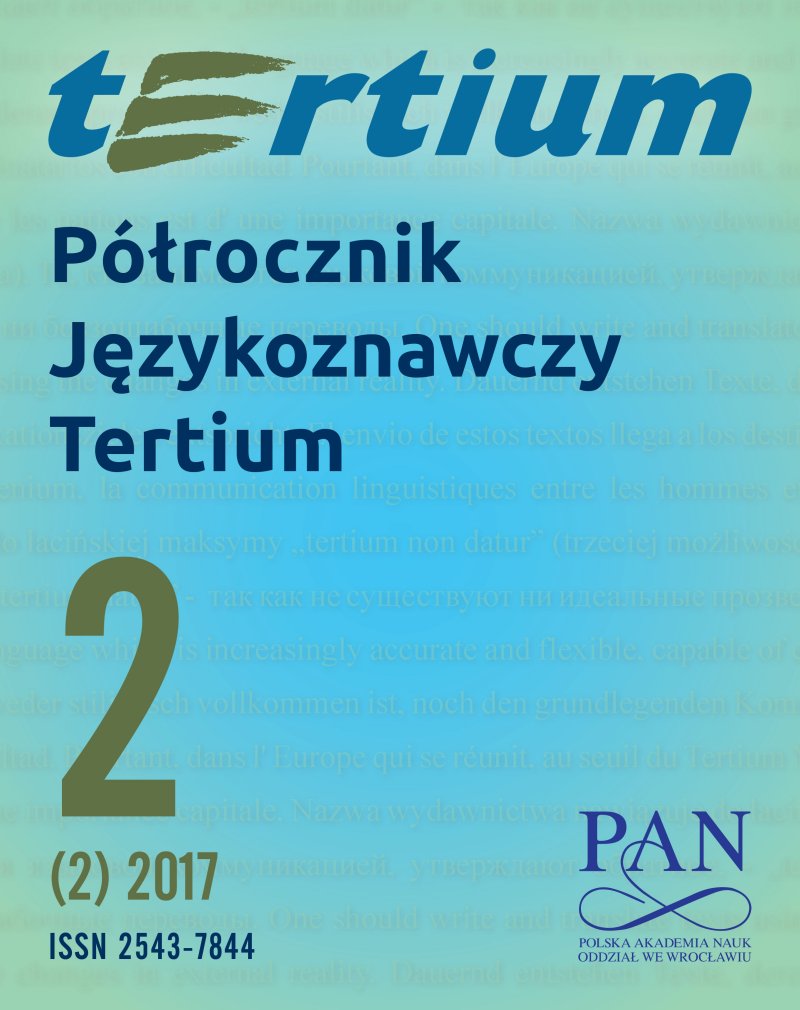
Komunikacja niewerbalna towarzyszy bezpośredniej ustnej komunikacji werbalnej. Niewerbalne środki komunikacyjne, konstytuujące style komunikacyjne kulturowo uwarunkowane, są zjawiskiem, którego nie sposób pominąć również w przekładzie. Przekład, w szczególności audiowizualny i ustny, sprzyja poznawaniu niewerbalnych stylów, m.in. w zakresie kinezyki, chronemiki, proksemiki, pantomimiki, haptyki pochodzących z innych obszarów kulturowych. Oprócz funkcji poznawczej niewerbalne style komunikacyjne pełnią funkcję wspomagającą proces tłumaczenia (np. ustnego). Niekiedy niewerbalne środki komunikacyjne pomagają zweryfikować jakość przetłumaczonego przekazu werbalnego. // Nonverbal communication accompanies direct oral verbal communication. The means of nonverbal communication, constituting culturally determined communication styles are a phenomenon which cannot be overlooked in translation. Translation, in particular audiovisual and interpretation, helps to become familiar with nonverbal styles, inter alia relating to kinesics, chronemics, proxemics, pantomimics, haptics from other spaces of culture. Apart from a cognitive function, nonverbal communication styles also serve an auxiliary function in the translation process (e.g. oral translation). Sometimes nonverbal communication styles help to verify the quality of translated verbal communication.
More...